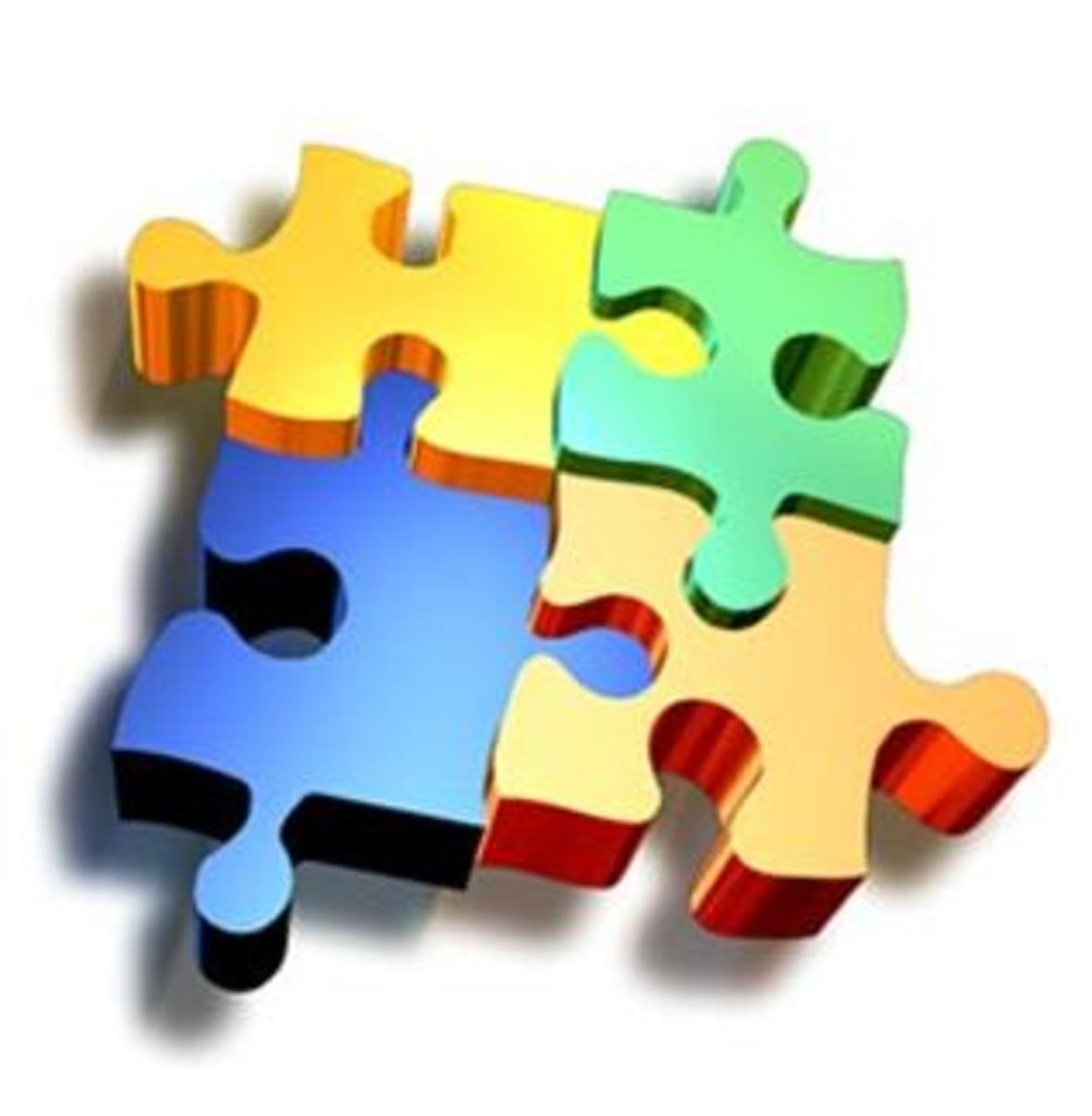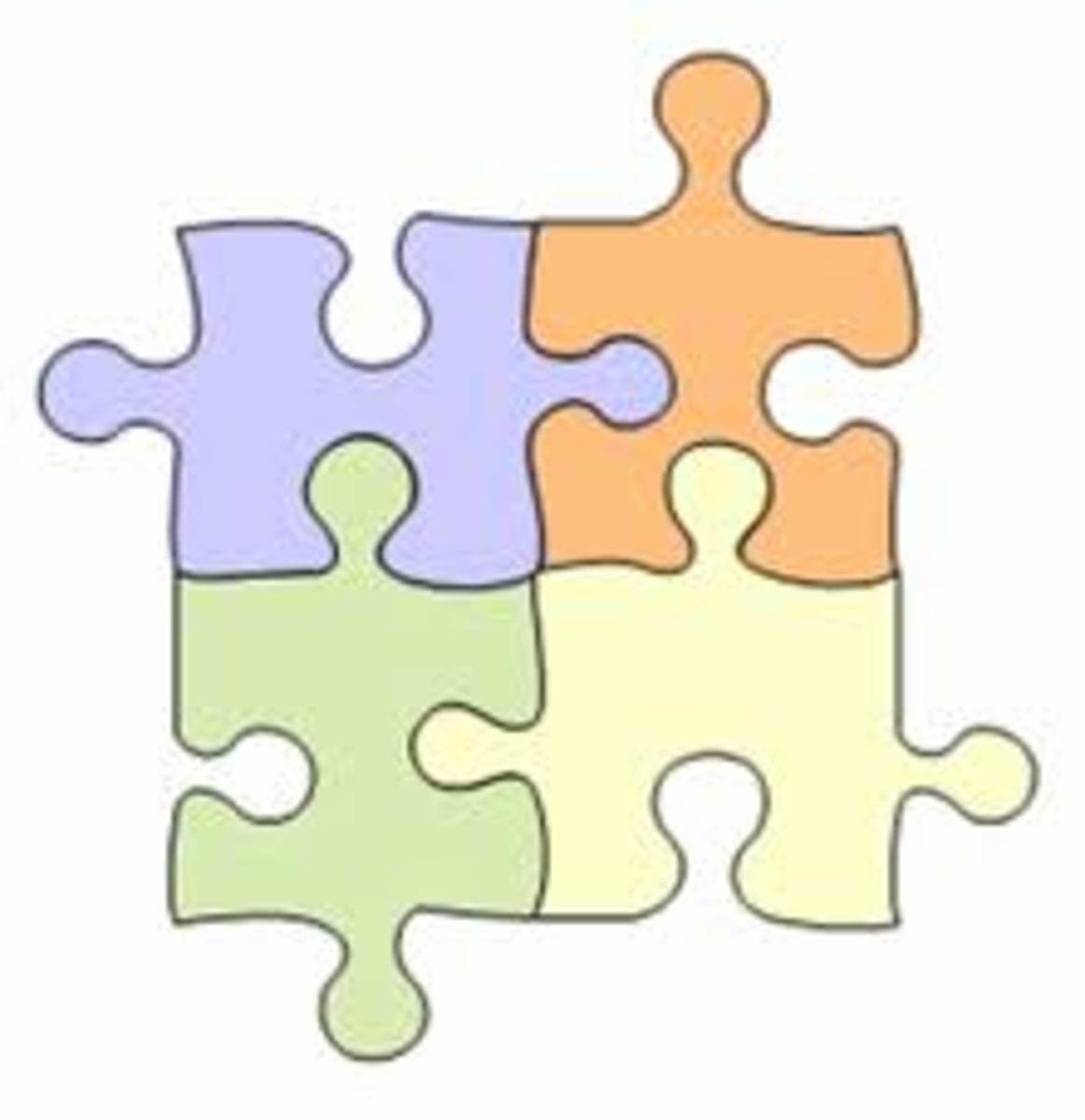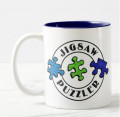Who Invented the Jigsaw Puzzle and Other Interesting Facts?

I think we all know what a jigsaw puzzle is: odd-shaped pieces of material you assemble or interlock to create the accommodating picture. Original jigsaw puzzles were made from hardwoods such as cedar and mahogany. John Spilbury, a British cartographer, began gluing maps unto hardwood veneers before cutting them along the borders of the countries and regions with a handsaw to create pieces. This was in the 1760s. His puzzles became such an important learning tool for geography students; he was commissioned to make more. Though jigsaw puzzle-making required money, time, and a great deal of effort, Spilbury made and sold hundreds of them. These early models were called dissected puzzles or simply dissections.
Jigsaw puzzles soon expanded to the community at-large. Subject matter moved beyond geography to poetry, popular children’s stories such as David Copperfield, Biblical verses, and portraits of British monarchs. William Denton was a jigsaw puzzle maker who specialized in the latter. By the 1800s, these puzzles and puzzle-making reached the Americas. The scroll saw and color lithography were also invented in that era so, they began to look brighter and better. In the 1840s, softer woods were used. In the 1890s with the invention of die-cutting, jigsaw puzzles started being mass produced. This led to the interlocking method which made them much easier to maintain.
Enter the 1900s and in particular, the period of the Great Depression which was the 1920s to 1930s. Jigsaw puzzle-making was at its height. Cardboard was now being used so, they were less costly and adults were assembling them in earnest. They had become great stress-relievers and something for people to do to past the time or to forget about hunger and unemployment. It is believed that puzzles were being sold at the rate of about one million per week. Additionally, drugstores and other companies were giving them away as promotional tools for products as toothpaste, sewing machines, and coffee. Libraries too got into the act and were renting them quite cheaply. Fall of 1932 saw the development of weekly jigsaw puzzles.
From the 1940s and beyond, subject matter really expanded as well as the types of material, complexity, picture quality, size, and shape. For example, think of any theme today and you are sure to find it as a jigsaw puzzle. Materials used to create them included wood, cardboard, Styrofoam, plastic, and metal. A jigsaw puzzle could be simple with 234 pieces or complex with 32,000 plus pieces. As a matter of fact, a 32,256-piece jigsaw puzzle made by German company, Ravensburger, officially holds the Guinness world record for the largest commercial jigsaw puzzle ever made. Titled “Double Retrospect,” it weighed 37.7 pounds and measured 17 feet 8 inches by 6 feet 5 inches high. The 234-piece puzzle was deemed the smallest at 4 by 6 inches and was made by illustrator, William Vanderdasson (though leading Swedish jigsaw puzzle company, Karnan is said to have created a smaller wooden one measuring 2.6 inches by 2.6 inches).
The most difficult jigsaw puzzle was made by a company called Buffalo Games, located in Buffalo, New York. They started making puzzles in 1996. This complex, double-sided jigsaw is called Dalmatians. It has 529 pieces and measures 15 by 15 inches. Other types of jigsaw puzzles include 3-dimensional, large-piece for seniors, and puzzles on the Internet. Regarding number of pieces, the average number per box is 300, 500, 750, and 1,000. The latter is the most popular.
A timeline of notable manufacturers include Parker Brothers, 1887; Platt & Munk, 1920s; JK Strauss & Whitman, 1930s; Playtime House, 1940s; Ravensburger, 1964, and Wrebbit and Heyes, 2001. In 2007, Nashville Game Company based in Tennessee began making ethnic jigsaw puzzles, especially featuring the accomplishments of African-Americans such as George Carver, Harriet Tubman, PresidentBarack Obama, and even Michael Jackson. They are the only major manufacturer filling the void of minorities not being featured in jigsaw puzzles scenes.
Jigsaw puzzles are currently made in the United States, Canada, United Kingdom, Spain, Italy, Germany, China, and Australia. Though it is tough for most people break down a jigsaw puzzle once it is assembled, I remember having great enjoyment from the process as a child. Today, jigsaws continue to be stress-relievers and tools for socialization. They also help develop hand-eye coordination and are a perfect aid for Alzheimer’s patients.
The word, jigsaw is said to have derived from the jigsaw which was invented in 1909 and used to cut the puzzle into pieces.










